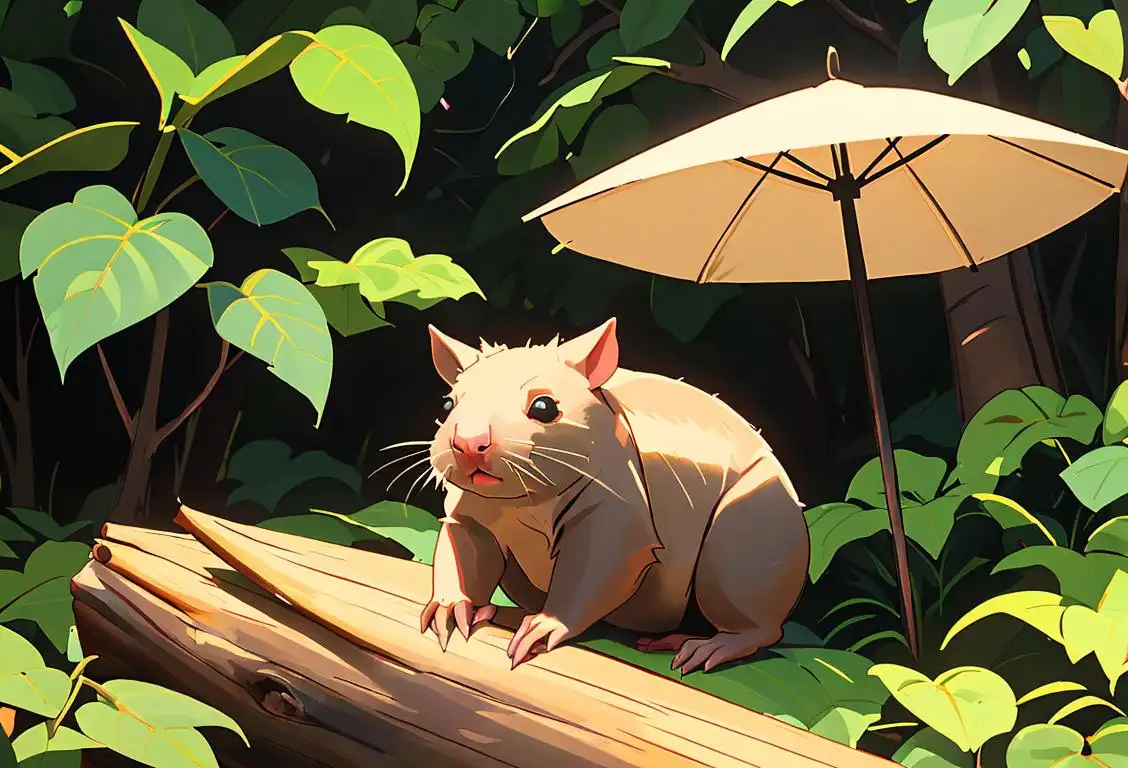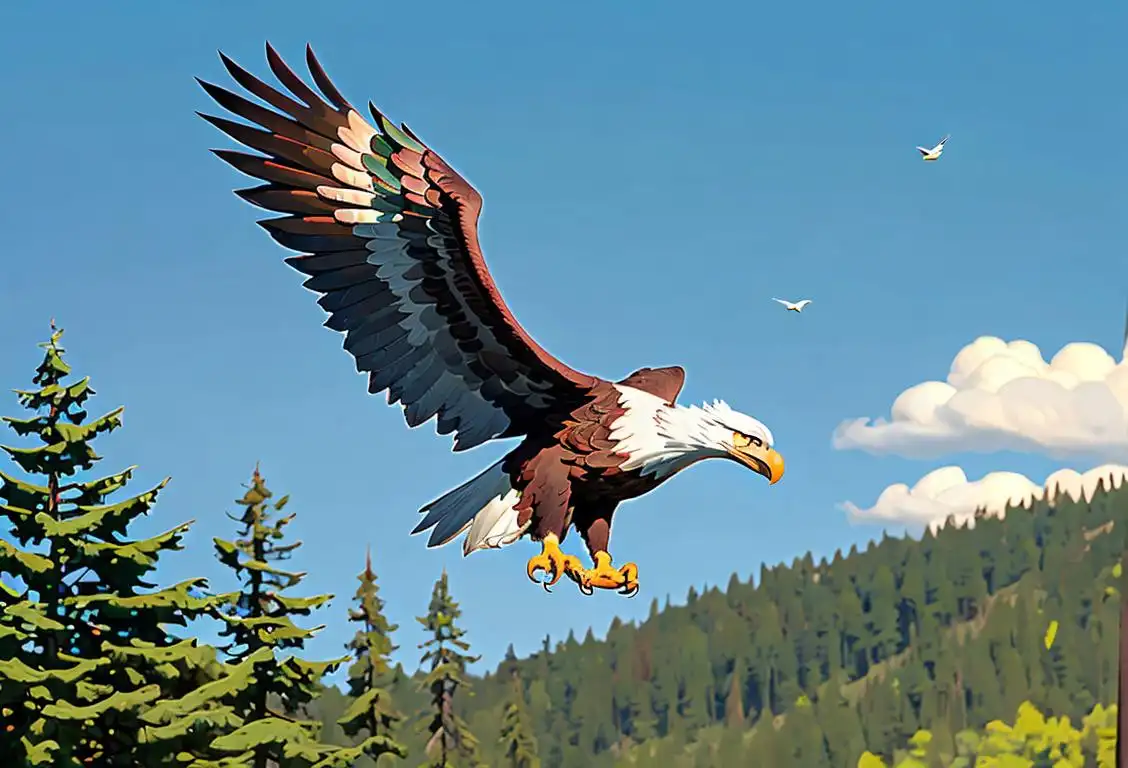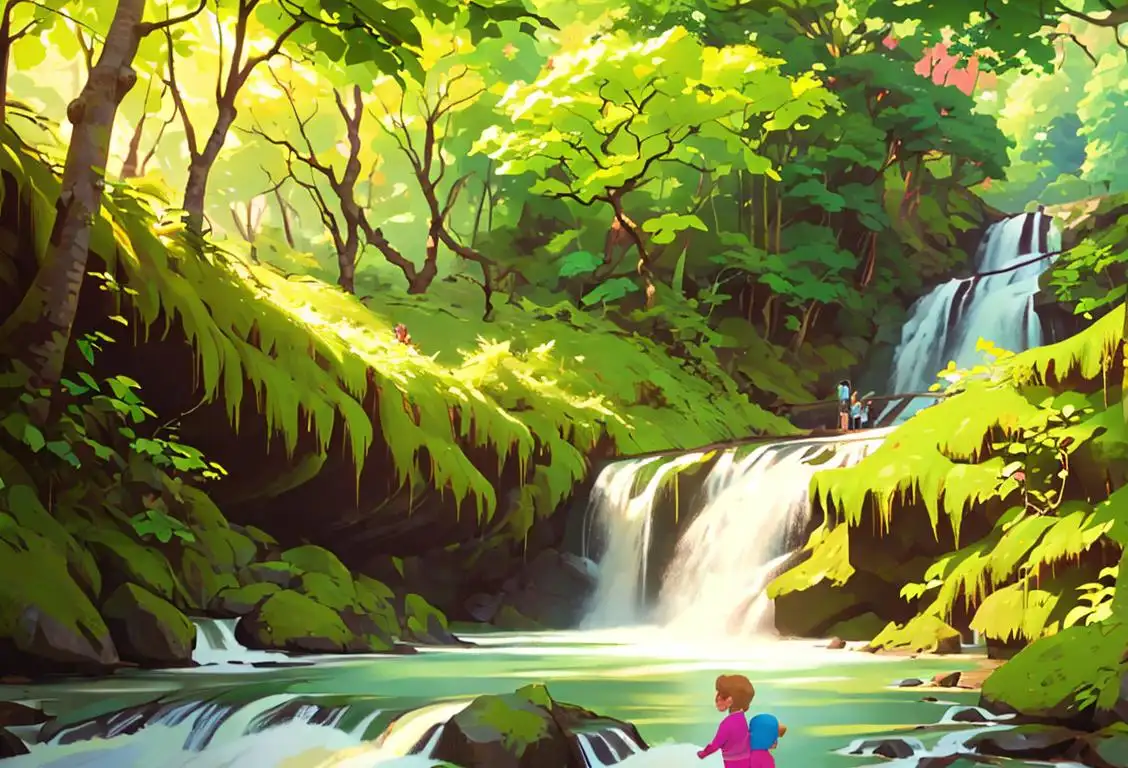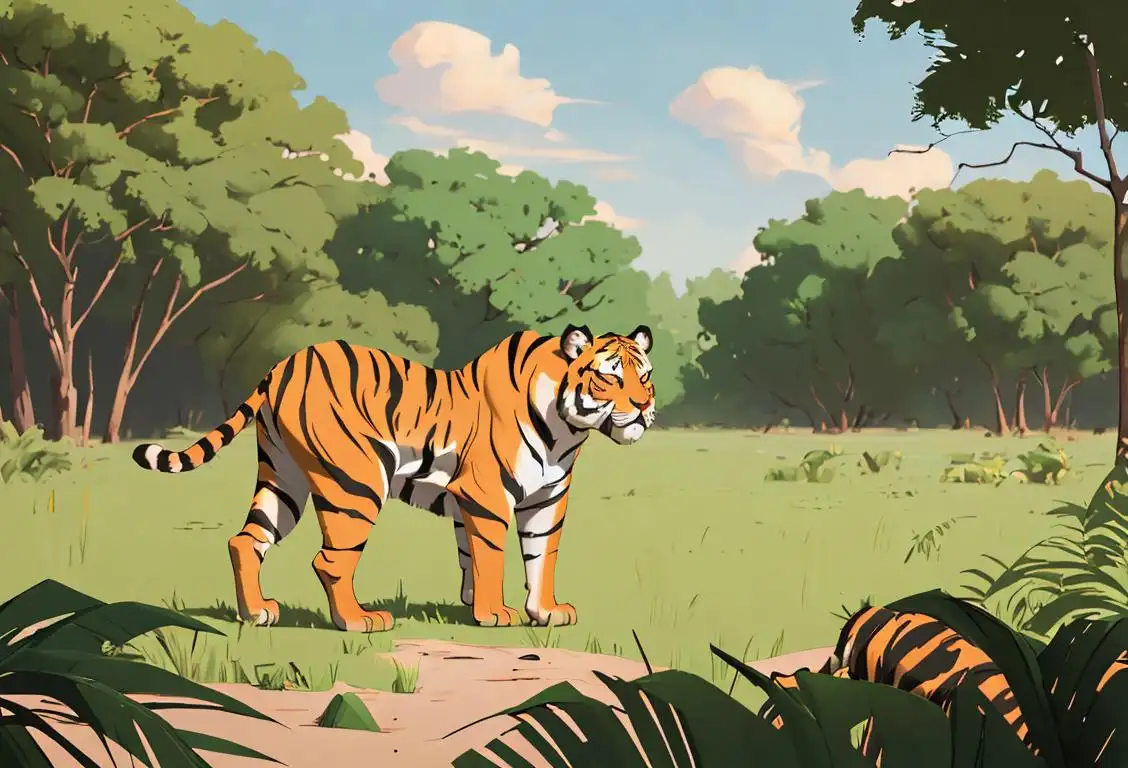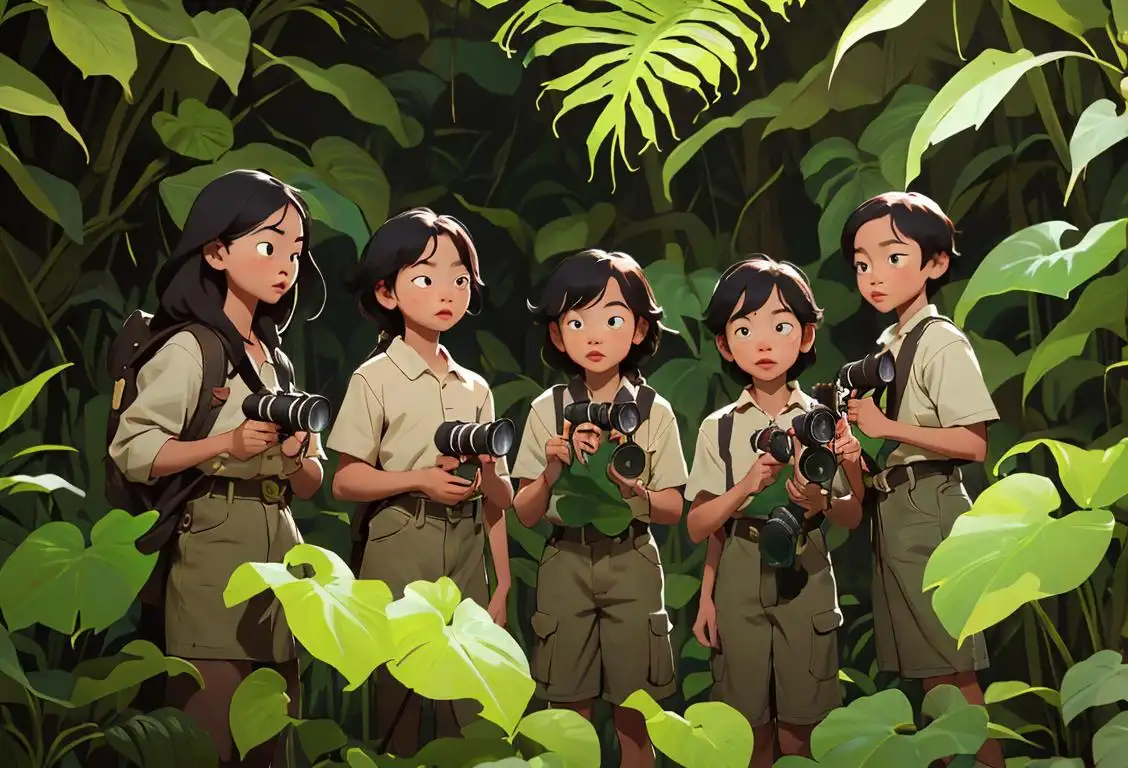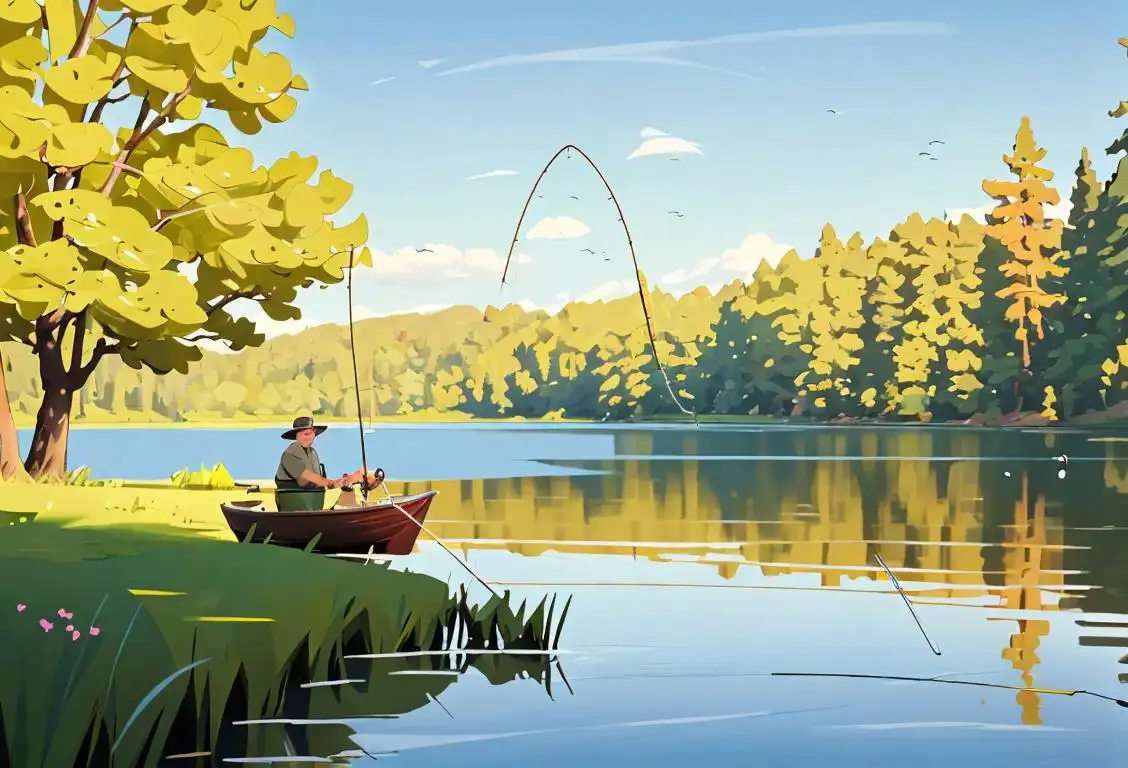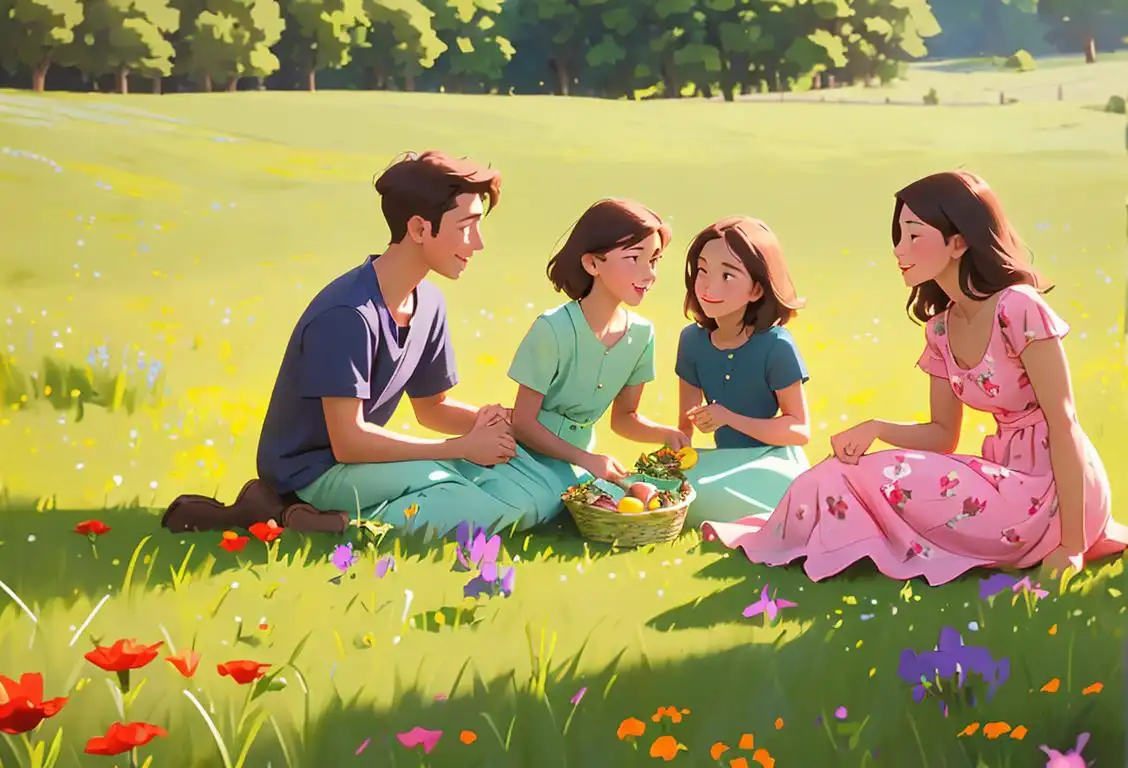National Learn About Butterflies Day
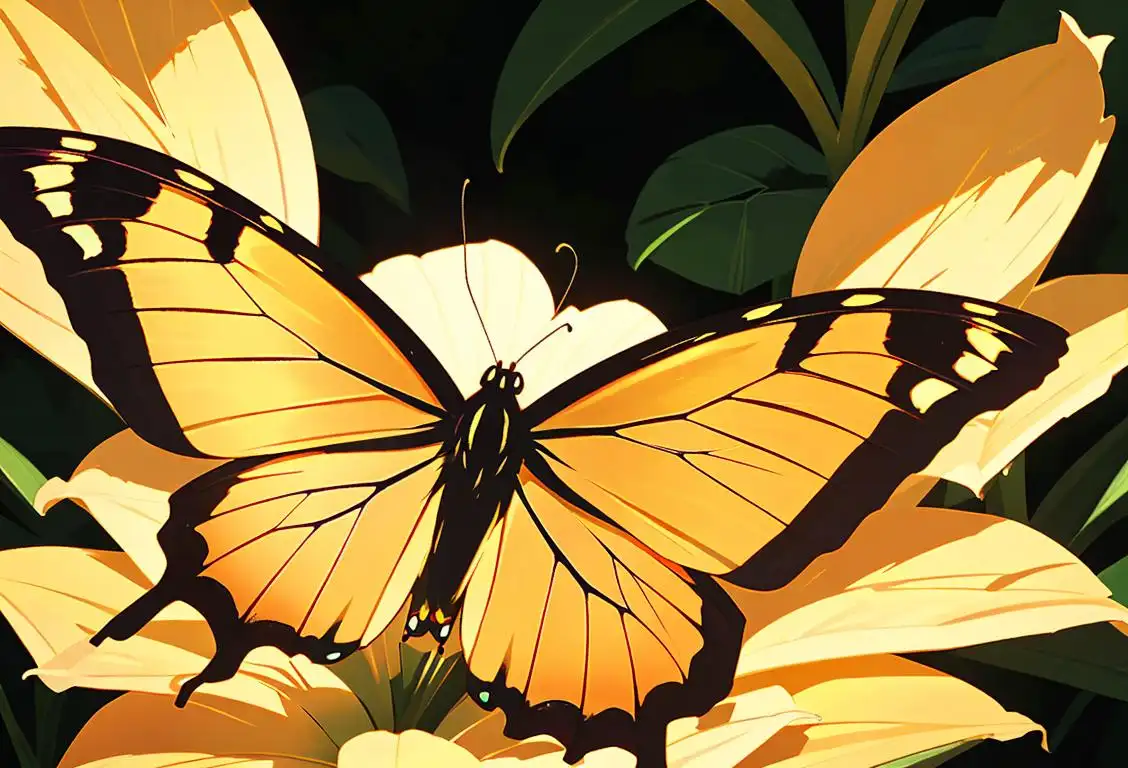
Welcome to National Learn About Butterflies Day! Get ready to spread your wings and dive into the fascinating world of these delicate creatures. Whether you're a nature enthusiast or simply looking to add a touch of fluttering beauty to your day, this is the perfect opportunity to dive deep into the realm of butterflies.
When is Learn About Butterflies Day?
It's national learn about butterflies day on the 14th March.
Butterflies: The Masters of Metamorphosis
Did you know that butterflies undergo a stunning transformation during their life cycles? From tiny eggs to plump caterpillars, and finally emerging as vibrant winged creatures, these insects captivate us with their incredible journey.
There are over 20,000 species of butterflies worldwide, each showcasing a unique array of colors, patterns, and behaviors. They come in all shapes and sizes, from the majestic Monarch to the petite and graceful Swallowtail. These gentle creatures have a reputation for their ability to brighten up any garden or meadow with their vibrant presence, and today, we celebrate their intricate beauty.
Learning about butterflies is not only a delightful way to spend your time, but it's also an essential step in preserving their habitats and supporting their populations. With increasing threats such as habitat loss and climate change, gaining knowledge about these enchanting insects can make a real difference.
Butterflies in the Digital Age
While National Learn About Butterflies Day has its roots in offline activities and nature exploration, it has found its way into the digital realm as well. Every year, people take to the internet to share breathtaking photographs, educational videos, and fascinating facts about butterflies.
Thanks to social media and online communities, butterfly enthusiasts from around the world can connect and share their passion. Whether you're a beginner or an experienced lepidopterist, you'll find a wealth of information and resources at your fingertips.
If you're eager to celebrate this special day, there are many ways to get involved. Visit your local botanical garden or butterfly pavilion to observe these delicate creatures up close. Attend workshops and educational events to learn about butterfly-friendly gardening practices and how to support their conservation efforts. Additionally, you can participate in citizen science programs that help researchers track and monitor butterfly populations.
History behind the term 'Learn About Butterflies'
1662
Collecting Butterflies
In 1662, naturalist and entomologist Jan Swammerdam became one of the first individuals to systematically collect and study butterflies. Swammerdam's work laid the foundation for future butterfly enthusiasts to learn about these fascinating creatures. His meticulous observations and detailed drawings of various butterfly species helped establish the field of lepidopterology, the scientific study of butterflies and moths.
1834
Artistic Depictions
The fascination with butterflies extended beyond scientific exploration in 1834 when renowned wildlife artist John James Audubon included vibrant illustrations of butterflies in his famous book 'The Birds of America.' Audubon's stunning artwork showcased the beauty and intricate patterns found on butterfly wings, inspiring countless artists and nature enthusiasts to learn more about these delicate insects.
1872
Independent Butterfly Collectors
By 1872, butterfly collecting had evolved into a widespread hobby. Independent collectors from various parts of the world began organizing themselves into societies and associations dedicated to the study and preservation of butterflies. These groups provided a platform for collectors to share their knowledge, exchange specimens, and foster butterfly conservation efforts.
1901
Scientific Publications
In 1901, the scientific community witnessed the establishment of the Journal of the Lepidopterists' Society. This publication became a significant resource for butterfly enthusiasts to share their research findings, taxonomy discoveries, and observations about butterfly behavior. Such scientific publications further promoted the accessibility of butterfly knowledge and facilitated collective learning about butterflies.
1996
Butterfly Gardens and Exhibits
The late 20th century marked a surge in public interest in butterflies. Butterfly gardens and exhibits became popular attractions worldwide. Notable butterfly conservatories, such as the Butterfly Pavilion in Colorado and the Natural History Museum's Sensational Butterflies exhibit in London, offered people the opportunity to witness butterflies up close and learn about their life cycle, habitats, and ecological importance. These immersive experiences contributed to raising public awareness and generating curiosity about butterflies.
Did you know?
Did you know that butterflies taste with their feet? That's right! Their tiny taste receptors are located on their little feet, allowing them to sample different sources of nectar and determine if it's suitable for a meal.Tagged
gardening nature conservationFirst identified
14th March 2016Most mentioned on
14th March 2017Total mentions
795Other days
Learn About Butterflies Day
Wombat Day
American Eagle Day
Park Day
Tiger Day
Endangered Species Day
Go Fishing Day
Hunting And Fishing Day
Meadows Day
Open Gardens Day
